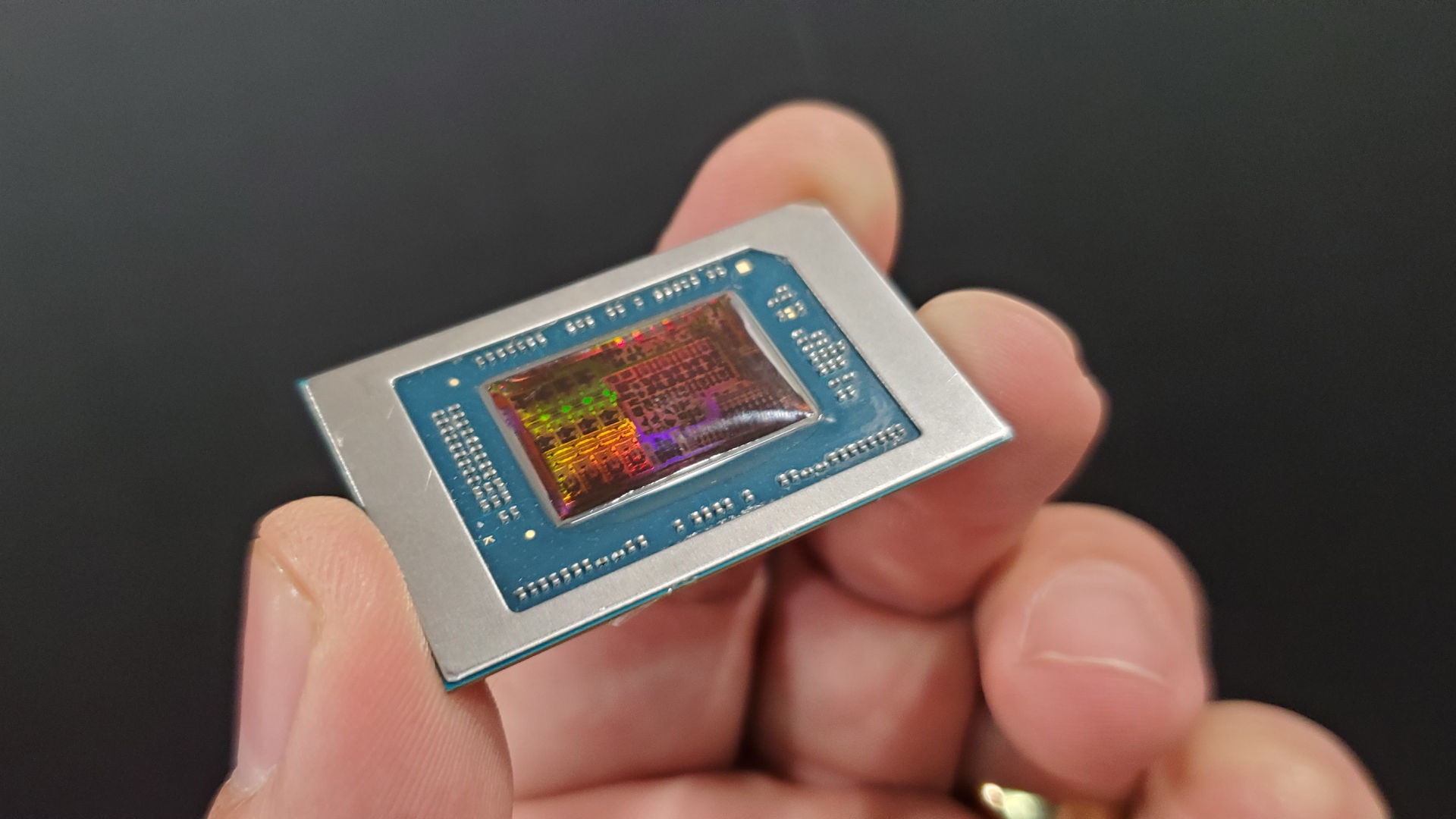AMD 'leaving billions of dollars on the table' thanks to laptop AI chip supply issues
AMD laptop chips have been in short supply "for a decade".

Multiple reports are claiming AMD has comprehensively dropped the ball with its new Ryzen AI chips for laptops (via TechSpot). Abazovic Consultancy Analysis (ACA) reports that AMD has "lost the trust" of laptop makers due to chip shortages, while ComputerBase claims to have been told AMD has left "billions of US dollars on the table" thanks to its missteps in supplying manufacturers.
ACA says that the problem stems from AMD's decision to shift its focus and manufacturing volumes away from client chips, including laptop APUs like the new Ryzen AI 300 family, and towards more lucrative enterprise CPUs and GPUs. It's certainly true that AMD's CEO Lisa Su recently declared that AMD is now a "data center-first" company.
The ACA report contrasts apparently very limited availability of laptops based on the new Ryzen AI APU, codenamed Strix Point, with the success of Qualcomm and its new Snapdragon X chip, noting that Qualcomm bagged seven big OEM laptop makers for the launch of Snapdragon X while AMD could only muster three.
Meanwhile, a report on ComputerBase traces AMD's problems back a little further and says that AMD's existing Ryzen AI chips can only be had in "premium" devices. It claims to have been told that notebook makers have "no prospect of quickly obtaining many chips from AMD," a situation that perpetuates "a persistent problem that has been known for a decade now."
The net result? One laptop maker reportedly told ComputerBase that AMD has "left billions of US dollars on the table" with its many partners over the years. ComputerBase quotes sales figures showing that AMD has gained laptop market share in the last 18 months or so. But the gains from around 16% to 20 % over that period arguably are not dramatic.
That could change when AMD releases its new lower-cost Ryzen AI chip, codenamed Kraken Point, next year. It's essentially the same architecture as Strix Point, but reduces the CPU core count from 12 to eight and the graphics CUs from 16 to eight.
If AMD has indeed missed an opportunity, it's arguably only going to get harder from here. Intel's new Lunar Lake laptop CPU looks pretty fantastic on paper and could provide very stiff competition in the premium thin-and-light segment, while Qualcomm has announced a cheaper 8-core variant of Snapdragon X which should enable AI-capable laptops in the $600 to $700 range.
The biggest gaming news, reviews and hardware deals
Keep up to date with the most important stories and the best deals, as picked by the PC Gamer team.
Anecdotally, it's certainly been true over the years that the number of AMD-powered laptop options has been modest compared to the hordes on Intel options. Likewise, the support that Qualcomm managed to achieve from multiple big brands for its new Snapdragon X chip at launch earlier this year was notable, especially as it doesn't even have native x86 support.
As ever, there are exceptions. AMD has been cleaning up when it comes tom handheld gaming PCs. There are countless AMD-powered devices and just a few with Intel CPUs. Moreover, it's also true that AMD's Hawk Point and Phoenix APUs have made for extremely compelling laptop CPUs over the last few years, good enough that you might have expected AMD's market share to have improved more significantly.

Best CPU for gaming: The top chips from Intel and AMD.
Best gaming motherboard: The right boards.
Best graphics card: Your perfect pixel-pusher awaits.
Best SSD for gaming: Get into the game ahead of the rest.
As for AMD's laptop GPUs, don't even get us started. The latest Radeon RX 7000M series barely exist in laptops. It's very, very odd. From the outside, it's hard to be sure how much of this is by accident and how much is part of a grander plan.
Very likely, AMD has access to limited volumes from its main manufacturing partner, TSMC. At the same time, there's no doubting that margins and profits are fatter when it comes to enterprise and data center chips.
So, from a business perspective, it's not hard to see why AMD is going "data center-first". But if AMD is going to create all these excellent laptop chips, it does seem pretty odd not to meet demand for them. We'd certainly like to see many more gaming laptops and handhelds with AMD technology. But on the basis of these new reports, it doesn't seem like that's going to happen soon.

Jeremy has been writing about technology and PCs since the 90nm Netburst era (Google it!) and enjoys nothing more than a serious dissertation on the finer points of monitor input lag and overshoot followed by a forensic examination of advanced lithography. Or maybe he just likes machines that go “ping!” He also has a thing for tennis and cars.

